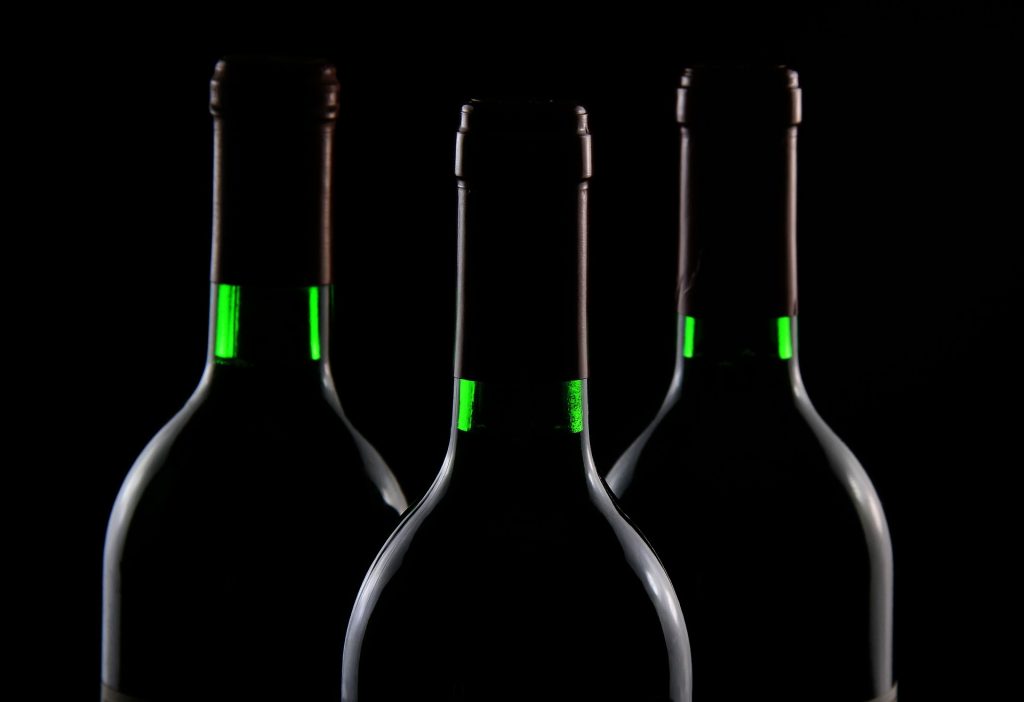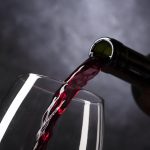Sherry, like its cousins Port and Madeira, lives on the margins of wine, with its own unique process and language. When it comes to mainstream acceptance and understanding, it finds itself lost on the wine rack.
The fortified wine of southern Spain, the lovely Moorish-tinged region of Andalusia, “sherry” is a corruption of “Jerez,” the port that historically shipped sherry.
Most sherry is made from one grape: palomino. Oxidation is part of the process that transforms what would be an otherwise forgettable, conventional, white table wine into something different, special and often orange or brown. Another unattractive process, fermentation of flour yeast, grows as a film on sherry tanks, changing the character.
Like port, sherry is fortified with brandy spirits to elevate the alcohol, but not as high as in port. Sherry weighs in as 15% ABV, not much more than some red wines.
So called “orange wines,” which are intentionally oxidized, have gained some popularity. Sherry is the original orange wine and has been for centuries. You have to get past the notes of iodine, oxidized fruit and something the Spanish politely call “rancio.”
The savory character of a fino and other sherry pairs well with fresh-grilled fish, sushi, fried or salty food.
The style known as fino may be conventional or the most wine-like. The yellow-gold Tio Pepe Palomino Fino shows flavors of oxidized apple, walnut and pear with some artichoke. $20. ♦♦♦ 1/2
One of the classes of fino is amontillado, a word made famous by an Edgar Allen Poe short story. Gonzalez Byass Viña AB 12-Year Amontillado underwent aging but still is young for an amontillado, showing honey, lemon peel and toasted nuts on a smooth texture with a clean acidity. $32. ♦♦♦♦
The “rancio” come across with Orleans Borbon Manzanilla Fina Sherry, a slightly sweet, lemony curd, nutty and oxidized $10. ♦♦♦ 1/2
For an even sweeter sherry, which may be a better starting point for the uninitiated, check out a cream sherry or a Pedro Ximénez.
GRADE: Exceptional ♦♦♦♦♦, above average ♦♦♦♦, Good ♦♦♦, Below average ♦♦, Poor ♦

David Falchek executive director of the American Wine Society, reviews wines each week. Contact: dfalchek@gmail.com




